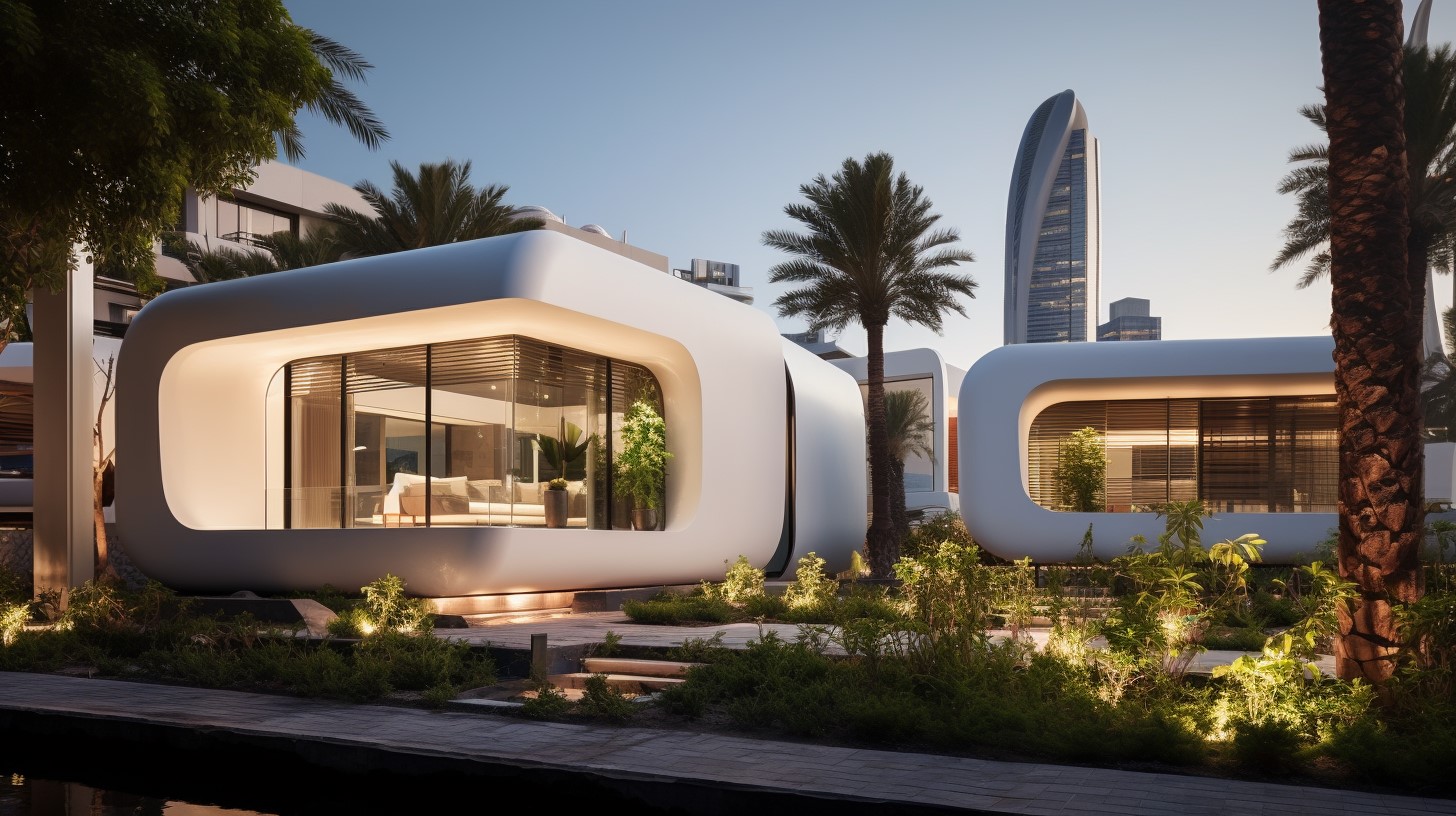
Dubai’s Waterfront Villa Retreats: Luxury Along the Shoreline
As the sun dips below the horizon, painting the Arabian Gulf in hues of gold and […]

Dubai’s Hidden Villa Retreats: Uncover Exclusive Residences
Introduction Nestled within the vibrant city of Dubai, known for its skyscraping luxury and bustling energy, […]

Villa Gardens of Dubai: Nature’s Haven in the City
Introduction In the heart of Dubai, a city known for its awe-inspiring skyscrapers and luxurious lifestyle, […]

Dubai’s Futuristic Villa Concepts: Beyond Imagination
Introduction Imagine stepping into a world where architecture meets art, and every structure tells a story […]

Investing in Dubai’s Villas: Your Path to Real Estate Prosperity
Introduction As an experienced real estate expert living in Dubai for many years, I’ve witnessed firsthand […]

Dubai’s Cultural Villas: Embracing Heritage in Modernity
Introduction In the heart of Dubai, a city celebrated for its ultramodern architecture and bustling metropolis, […]

Dubai’s Iconic Art Exhibitions: A Must-Visit for Art Lovers
. Introduction Dubai’s transformation from a desert landscape into a global metropolis is remarkable. Yet, beyond […]

Artistic Expressions in Dubai’s Urban Development
Dubai, renowned for its dazzling skyscrapers and luxurious lifestyle, is not just a hub of architectural […]

Dubai’s Emerging Artists: A Look at the City’s Artistic Talent
Introduction Dubai, renowned for its architectural splendor and cosmopolitan aura, has recently emerged as a nurturing […]
